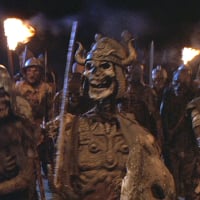Welcome to the Hardcore Husky Forums. Folks who are well-known in Cyberland and not that dumb.
Hottest Singer of the 80s
Comments
-
My pretend Mexican heritage tells me it's erecion
-
Sheena Easton
You know what's Spanish for 'refractory period'?Pitchfork51 said:My pretend Mexican heritage tells me it's erecion
No bono.
-
The problem is I don't know what refractory period in English meansPurpleThrobber said:
You know what's Spanish for 'refractory period'?Pitchfork51 said:My pretend Mexican heritage tells me it's erecion
No bono. -
Debbie Harry was crazy hot back in the day





of course, she straddles the line between 1970's and 1980's
-
Lita Ford


Any list of the 80s that doesn't include a few foreigners (Sheena Easton doesn't count as foreign) is a bit lacking.
Swaye, I didn't know you were so racist. -
So much Wood. What's crazy is she was already 35 in 1980- i.e., older women make better lovers.AZDuck said:Debbie Harry was crazy hot back in the day





of course, she straddles the line between 1970's and 1980's -
Entire thread flagged for no mention of Susanna Hoffs.


-
-
ApolloniaVince Neil







